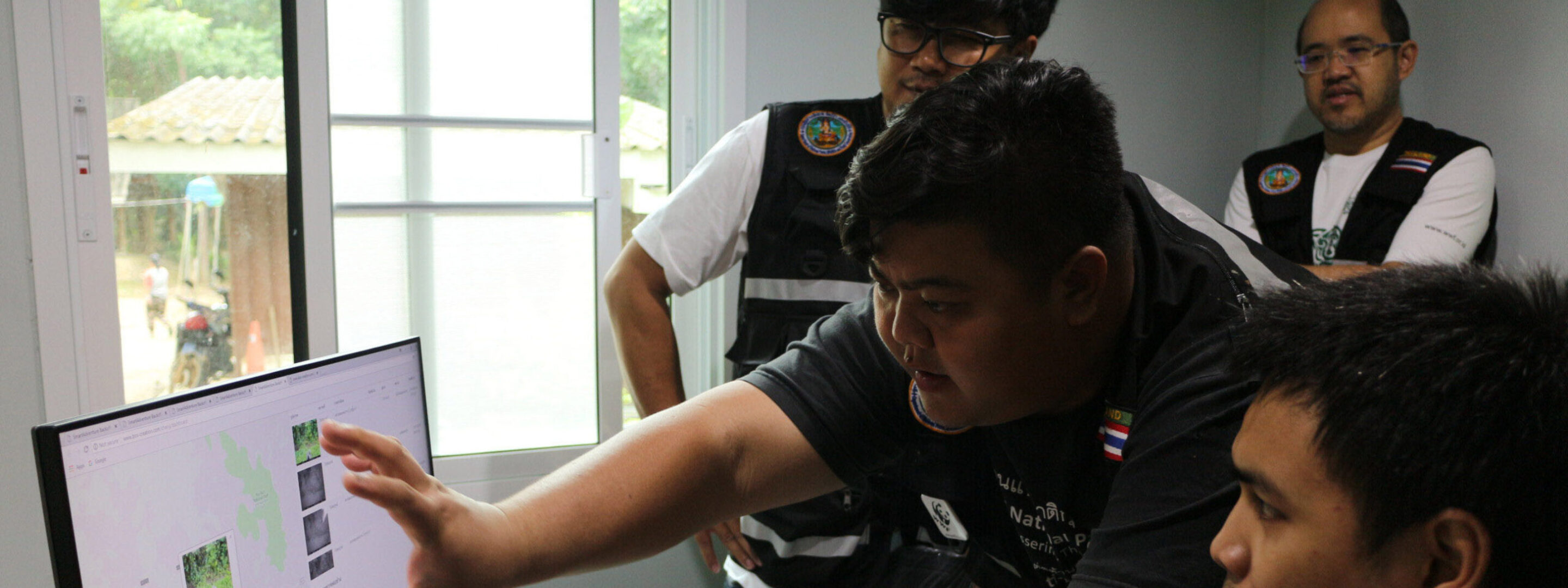Reducing wildlife conflicts with connectivity
Reducing wildlife conflicts with connectivity

In this rapidly digitalised world, reducing human-wildlife conflicts also demand new and innovative solutions. Existing measures such as electric fences and trenches have not been able to solve this pressing issue and conservationists are now turning to technology to address this challenge.
True Corporation, Telenor Asia’s associated company in Thailand, has been providing connectivity and real-time elephant sighting alerts to patrols and communities through the first-of-its-kind Elephant Smart Early Warning System (ESEWS). Partners of the Project are Thailand’s Department of National Parks, Wildlife and Plant Conservation, and the World Wildlife Fund (WWF) Thailand.
ESEWS integrates True Corp’s communications network and devices, cloud technologies, mobile applications and devices, surveillance cameras and internet access in Kuiburi National Park at Thailand’s Prachuap Khiri Khan province.
This technology integration improves the speed of forest patrollers in getting to the precise locations of elephant sightings, while warning communities surrounding the forests to avoid or leave these sites.

Veerasak Pongtanyavichai, Head of Innovation at True Corporation, highlighted how connectivity solutions have been integral in addressing the key issues. “There were three things to solve: getting real-time alerts with precise coordinates of elephant sightings and whereabouts, addressing the lack of rural network coverage, and the integration of IoT and AI into the ESEWS. Without advancements in connectivity solutions, patrols would not know the exact whereabouts of the elephants or their habits. This would usually result in discovering conflicts too late, often leading to loss of life and income.”
Enhanced with AI
True Corp has also incorporated AI into ESEWS, which tracks around 400 elephants. The AI is trained by system engineers to recognise elephants that have been particularly destructive, by their features such as distinct ears or tail shapes. Forest patrollers, who guide elephants back to the forest upon alerts, help to identify these elephants.
In collaboration with the Computer Science Faculty of Rambhai Barni Rajabhat University, the AI has also been trained to filter and retain only footage of elephant movements, optimising data storage and reducing energy needs.


ESEWS was initially deployed in the Kuiburi National Park and progressively implemented in five more provinces, where such conflicts often happened. Crop damages by elephants have dramatically reduced to just four instances in 2023, compared to over 230 instances in 2018 when the project was launched.
After the pilot, official operations commenced in 2019 in the Kuiburi National Park through an MOU between True and Thailand’s Department of National Parks. In 2020, True set up an operational control centre for the east coast at the Khao Ang Rue Nai Wildlife Sanctuary in Chachengsao province.
Thailand’s Department of National Parks intends to scale ESEWS nationally to monitor around 4,000 elephants.. The System is also expanding beyond its initial scope of conflict mitigation, serving as a valuable tool in wildlife research and detecting poaching activities. And as new connectivity solutions are developed and applied, ESEWS can provide even more functionalities and ease patrollers’ response times.

